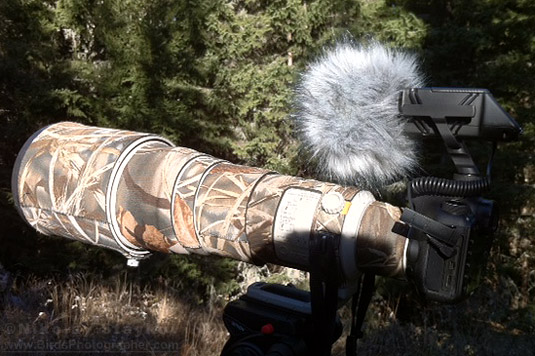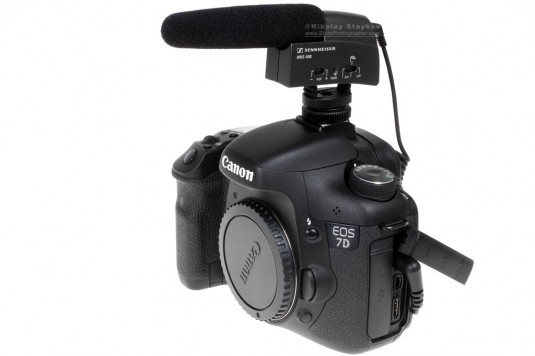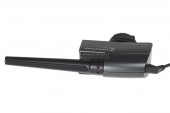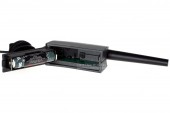As most of you know, apart from the main purpose they are designed for – taking photos, modern DSLR cameras can also shoot high quality videos in full HD (1080p) resolution.

Translated by Maya Golemanova
Initially with Canon 5D mark II, and later with Canon EOS 7D, shooting videos of birds and animals quickly became my passion. The desire for better results inevitably led me to a moment when buying video microphone became an important objective.
Along with it came “big problems” – diving into an entirely different and unfamiliar field, which was filled with many questions and just a few clear answers.
As it turned out specialized directional microphones, called “snipers”, are extremely expensive. Such a microphone can easily exceed the price of $ 1000, and microphones themselves are also quite large.
As super-telephoto lenses that have very narrow viewing angle, “snipers” are also focused on a particular slot. Crème de la crème snipers are those who may, by manual adjustment change the zoom, in other words they can focus on the variable distance – depending on where the facility, you shoot, is located.
After I finished my research I found out that there are a few appropriate microphones to shoot video with DSLR for about 200-250 USD.
Initially I stopped at Rode StereoVideoMic. On the whole I am very pleased with it, but it records a lot more background noise, and is quite bulky and heavy.

Two years later, got Sennheiser MKE 400, which also has very good feedback online. It is nearly five times lighter than the Rode, and much more compact, which is very important for every photographer who carries heavy equipment.
According to the official characteristics, Sennheiser MKE 400 with size 130 x 21 x 62 mm weighs only 60 grams, while Rode StereoVideoMic with size 170 x 65 x 102 mm weighs 288 grams without a battery. Zenhayer microphone works with a small AAA battery while the Ryode works with the far heavier 9V batteries.
Another impressive thing about Sennheiser MKE 400 is that a single battery can record up to 300 hours of audio recording, which seems to me incredible.
On the whole I am very pleased with the Sennheiser. Its construction is flawless and elaborate – it shows that it had been touched by the meticulous hands of a German. It is made for easy handling – the buttons are located on the left side, and you can put the windshield with a slight movement. In the case of the Rode – I had to use my both hands and a lot of skills.
The German “graduate” is made entirely of metal and the base is flexible and made especially to absorb any movements and sounds. You can attach it to the output of the flash of the camera or to a standard tripod.
Its specifications are designed to cut off the maximum amount of background noise and to focus entirely on the sound that comes from ahead. Apart from the actual videos that I filmed with the microphone and I have also done some comparative tests and am very pleased about it.
When I tested it in a yard full of noisy children whose noise dominated, I was able to shoot far too quiet sounds, released by phone. The result – the background noise was minimized so as not to loose track of the main object and the sound of the phone was clear and strong.
When put right on the camera and on the Canon 400/2.8 lens, which is famous for its loudest stabilization, Sennheiser MKE 400 succeeds by far in suppressing the clear whisper of stabilization and in reducing it to a very acceptable defocused background noise. Removed a meter away, the microphone completely ceases to record the sound of stabilization.
Sennheiser MKE 400 has a low cut filter for shooting in windy conditions and normal and high-sensitivity recording mode for more distant objects. Personally I recommend you whenever the bird is over 5 meters from you to keep the microphone in a high-sensitivity recording mode.
As far as parameters are concerned, Rode StereoVideoMic is a little bit better than the Sennheiser MKE 400, but when you shoot in the field there won’t be a big difference between the result of both microphons, which ultimately places the far more compact and convenient Sennheiser higher in the list.
Once you are equipped with the MKE 400, you can be sure that the songs and sounds that birds make will be recorded with a great quality in your video :)
I will upload in the review a lot of videos, shot with the Sennheiser MKE 400 microphone, as soon as I can.













